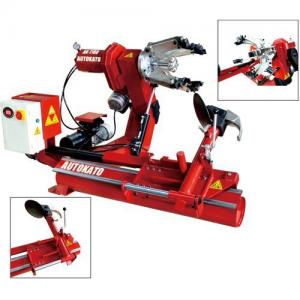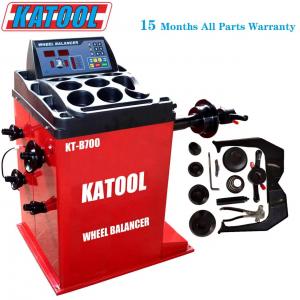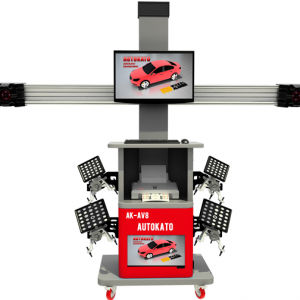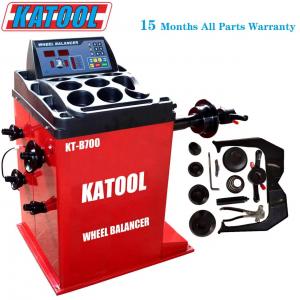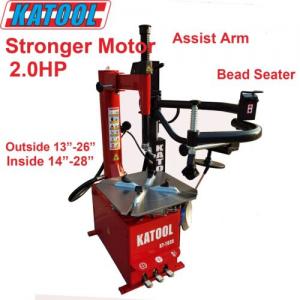Wheel balancer buying guide
Tire or wheel balancing is a specialized procedure aimed at ensuring that the combined tire and wheel assembly has an equal weight distribution, enabling it to rotate smoothly at high speeds. The process typically involves placing the wheel/Tire assembly on a balancer, which then centres and spins it, thereby identifying the optimal placement of weights.
Balancing your tires regularly, ideally every 5,000km to 10,000km, is crucial as tires tend to lose balance unevenly. When left unaddressed, this imbalance can result in significant vibrations at high speeds and exert uneven pressure on the treads, leading to uneven wear and overheating. Furthermore, tire imbalance can put a strain on the wheel bearings and suspension system.
Whether you're a professional auto shop owner or an avid car enthusiast with a car collection, it is highly recommended that you invest in a wheel balancer that suits your specific needs.
Determine your needs
Wheel balancers come in different types, sizes, and with various features. To find the right one for you, first, determine what you need it for. Are you a professional mechanic, a tire shop owner, or just an enthusiast looking to balance your wheels at home? Consider your workload, types of vehicles you'll be working with, and the frequency of use.
Size and weight capacity
The size and weight capacity of a wheel balancer determine the type of wheels you can balance. Will you be working with passenger car’s/SUV’s, or will it be more commercial trucks and heavy equipment? Ensure the balancer you choose is suitable and can handle them.
Wheel balancer features
Look for features that make your work easier and more efficient. Some common features to consider include automatic data entry, self-calibration, on-screen guides, pneumatic wheel locks, wheel lifters, wheel illumination and laser pointers for precision weight placement.
Wheel weights
Wheel weights are essential in wheel balancing as they offset any imbalances in the wheel assembly. There are different types of wheel weights, such as clip-on, adhesive, and tape weights. Consider the type of wheel weights you prefer and ensure that your chosen wheel balancer can work with them. The weights that are used are typically determined by the wheel that is being balanced eg, steel rim uses clip on weights and alloy rim’s use stick on).
Quality & Value
Look for reputable brands with a track record of supplying high-quality wheel balancers. Most wheel balancers are single phase and don’t need an installer. Look for a machine that comes with a clear and concise user manual and a provider that is happy to come on site and give you or your staff training. Ask about the machine origin for both design and manufacture. Europe is known for designing and manufacturing balancing and aligning machines that are reliable, acurate and high quality.
Price
Wheel balancers can range from a few hundred dollars to several thousand dollars. Don't just go for the cheapest option, but also avoid overspending. Choose a wheel balancer that meets your needs and budget. A reputable supplier will ask you about how you intend to use the wheel balancer, what kind of volumes and wheels you will be balancing, and help you price a machine that suits your needs.
Warranty and support
Look for a wheel balancer supplier with a good warranty and customer support. Typically companies that offer a longer warranty or satisfaction guarantee will have a better quality wheel balancer and technical support. This will ensure that you have access to good assistance and repairs if needed.
Overall, finding the right wheel balancer requires careful consideration of your needs, the features, size, weight capacity, brand reputation, price, and warranty.
